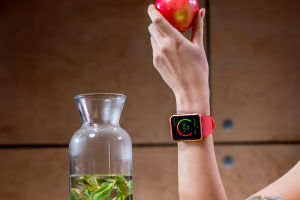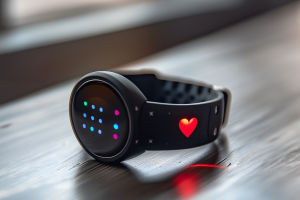A denim jacket hangs on a rack in a small Berlin studio, its sleeve patched with bright yellow thread that swirls like lightning.
Around a long wooden table, young people laugh, sip tea, and mend holes in sweaters instead of buying new ones.
In a city once known for club culture and graffiti, there's a new movement quietly reshaping fashion — the rise of "anti-fast fashion" repair workshops.
For Berlin's creative youth, these spaces aren't just about saving clothes. They're about resisting overconsumption, learning patience, and turning imperfection into pride.
1. The Rise of the Repair Revolution
The idea started small — just a few friends mending old jeans in Kreuzberg. But soon, community repair studios began popping up across the city. They've become part social club, part sustainability movement.
From fashion fatigue to self-expression – Many Berliners are tired of mass-produced clothing that feels disposable. In repair workshops, they rediscover what personal style really means — stitching stories into each garment instead of chasing trends.
Affordable creativity – Instead of spending on new clothes, participants bring what they already own. A torn coat becomes a design challenge; a faded shirt gets reborn with embroidery. Workshops often cost less than a café brunch, making creativity accessible to anyone.
Community connection – These studios have become social hubs. People trade fabrics, share mending techniques, and even organize "patch parties." It's not just about fixing clothes — it's about repairing the culture of throwaway fashion.
If you walk into a workshop like "Nadel & Faden" in Neukölln, you'll likely hear laughter before the sound of sewing machines. It's creativity with conscience — and Berliners can't get enough.
2. How AI and Craft Meet in Berlin's Repair Studios
Surprisingly, some workshops are using technology to make repairs smarter, not soulless. The combination of traditional handcraft and digital tools gives Berlin's anti-fast fashion scene a modern twist.
AI fabric scanners – Some workshops use small devices that analyze fabric type and suggest matching thread strength or stitch patterns. This prevents beginners from making costly mistakes and keeps the repair smooth.
Pattern prediction tools – A few creative collectives use open-source AI models to recommend patch designs or color combinations that complement the original garment. It's like having a digital stylist who respects your worn-out hoodie's history.
Skill-sharing platforms – Online networks connect newcomers with local mentors. You can upload a photo of your damaged item, and AI helps categorize the repair difficulty while recommending Berlin studios nearby that can help.
Technology here isn't replacing craftsmanship — it's amplifying it. In Berlin, the sewing needle and algorithm work side by side.
3. Turning Imperfection into Identity
For Berliners, visible mending isn't a flaw — it's a fashion statement. Repairing clothes in creative ways has become a symbol of authenticity and environmental awareness.
Embracing the visible repair – Instead of hiding holes, people highlight them with colorful stitches. Japanese sashiko embroidery, for example, inspires many to showcase their repairs as art, not damage control.
Personal storytelling – Every patch tells a story. A pink thread might mark a favorite trip, a bold patch might cover a clumsy spill from a night out. Clothes become personal diaries stitched in color.
Rejecting perfectionism – In a city that values freedom and individuality, the repaired look has become part of Berlin's street style. Wrinkled linen shirts, frayed denim edges — it's all about realness over polish.
At these workshops, people aren't just fixing clothes; they're unlearning perfection. It's a quiet rebellion wrapped in cotton and thread.
4. How to Join the Movement Yourself
You don't have to live in Berlin to embrace the repair mindset. Anyone can start making their wardrobe more sustainable — and more meaningful.
Start with what you love – Choose one item you'd be sad to lose — a favorite hoodie or jeans. Mending it helps you reconnect with why you bought it in the first place.
Learn simple techniques – Online tutorials and local repair cafés can teach basic hand-stitching or patchwork. Start small — fixing a button or closing a tear — and build confidence from there.
Host a repair night – Gather friends, share fabric scraps, and make it social. Add music, snacks, and creativity. It's cheaper and far more rewarding than another shopping trip.
Soon you'll realize what Berliners already know: when you repair your clothes, you also repair your habits — and maybe even your mindset about fashion.
The next time you spot someone in Berlin wearing jeans covered in neon thread or a patched-up coat that looks like art, don't assume it's accidental. It's intentional, and it's beautiful. In a world obsessed with newness, the city's youth are stitching a different story — one that says lasting is the new luxury.


